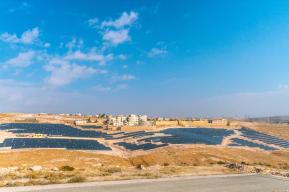
The race against time for smarter development
Published in June 2021, the seventh edition in the series explores how countries used science over the previous five years to realize a digitally and ecologically smart future.
This report is a masterpiece.
Development priorities have aligned over the past five years
Countries of all income levels are prioritizing their transition to digital and green economies. On the one hand, countries have committed to reaching their ambitious Sustainable Development Goals by the 2030 deadline. In parallel, most countries are convinced that their future economic competitiveness will depend upon how quickly they manage to transition to digital societies. The UNESCO Science Report’s subtitle, ‘the race against time for smarter development’, is an allusion to these dual development priorities. Read more
Tell us what you think of the report via this reader satisfaction survey.

Women still a minority in fields driving the digital revolution
Women remain a minority in digital information technology, computing, physics, mathematics and engineering. These are the fields that are driving the digital revolution and so, many of the jobs of tomorrow. This trend is even more problematic as there is a skills shortage in many of these fields, such as in artificial intelligence. To right this gender imbalance, strenuous efforts need to be made at government, academic and corporate levels not only to attract girls and women to these fields but, above all, to retain them. Read more

News, ideas and stories
Click on the map for the latest trends in your country or region (chapters 4–26)

Today’s challenges such as climate change, biodiversity loss, decline of ocean health and pandemics are all global. This is why we must mobilize scientists and researchers from all over the world.
The race against time for smarter development
We are in a race against time for smarter development. Are we using science to build the future we want?
This is the question asked by the latest UNESCO Science Report, released on 11 June 2021.
Contact
Contact the UNESCO Science Report Team









